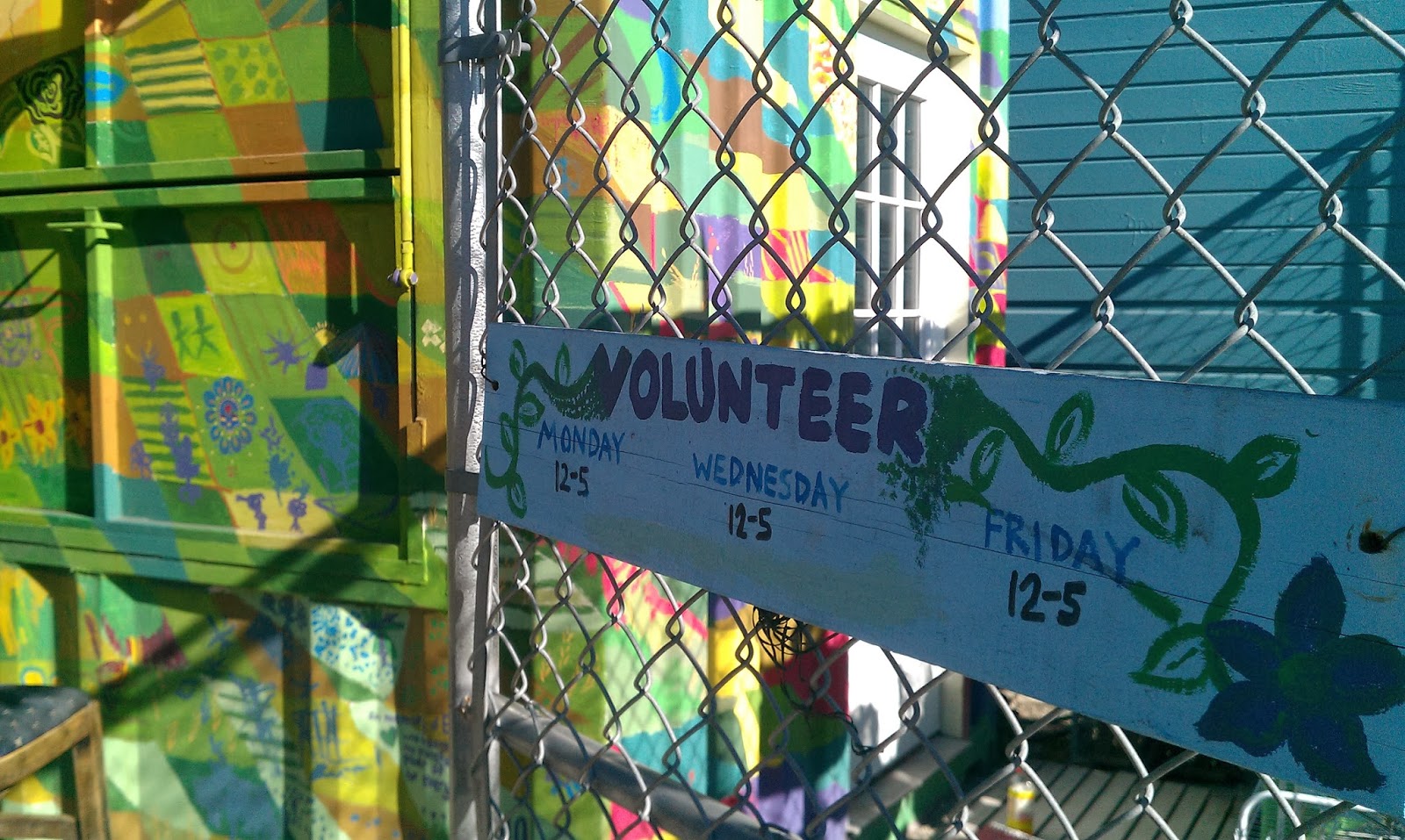It's nice to find peaceful gardens in the midst of a busy metropolis. While traveling to San Francisco I found a few urban gardens.
The first one was tucked in the back of an average park. There is a large range of plants that are kept by kids in an after-school program.
I ran into a neat "Mini-park," while on the way to another community garden. It was surprising to see how much variety was between two large condos!
After traveling further, I found a neat strip of community organized gardens. The lady there said it was originally part of a homeless employment program, however that program was shut down and it is now a garden the local residents keep up. It seems like a good way to get people outside and working together.
I ran into this garden on the walk back. It was at a school with a large lemon tree, that fruit on it in January! It is neat to see that even in a big city, youth are learning in nature.
Thanks for reading, hope you enjoyed.

















